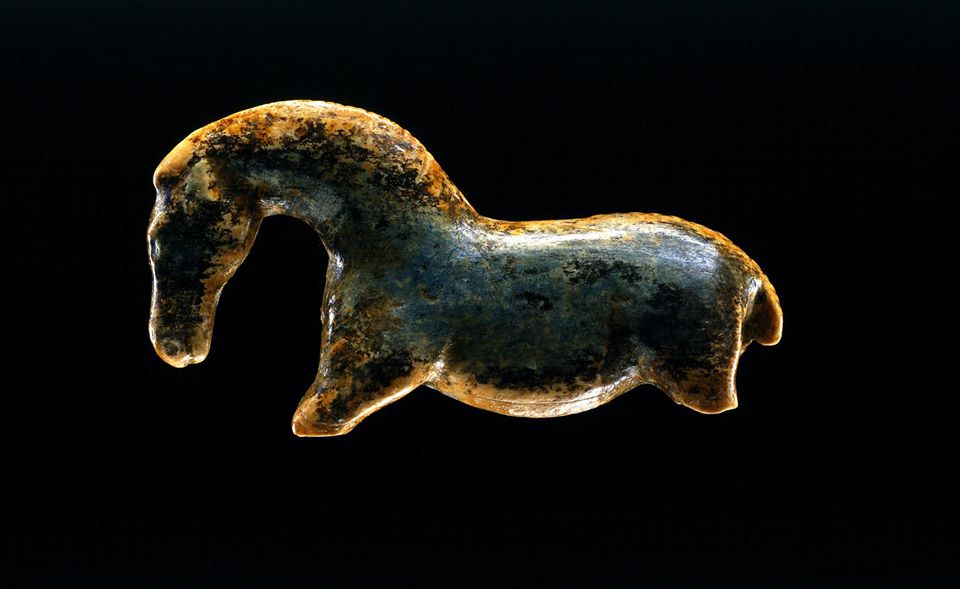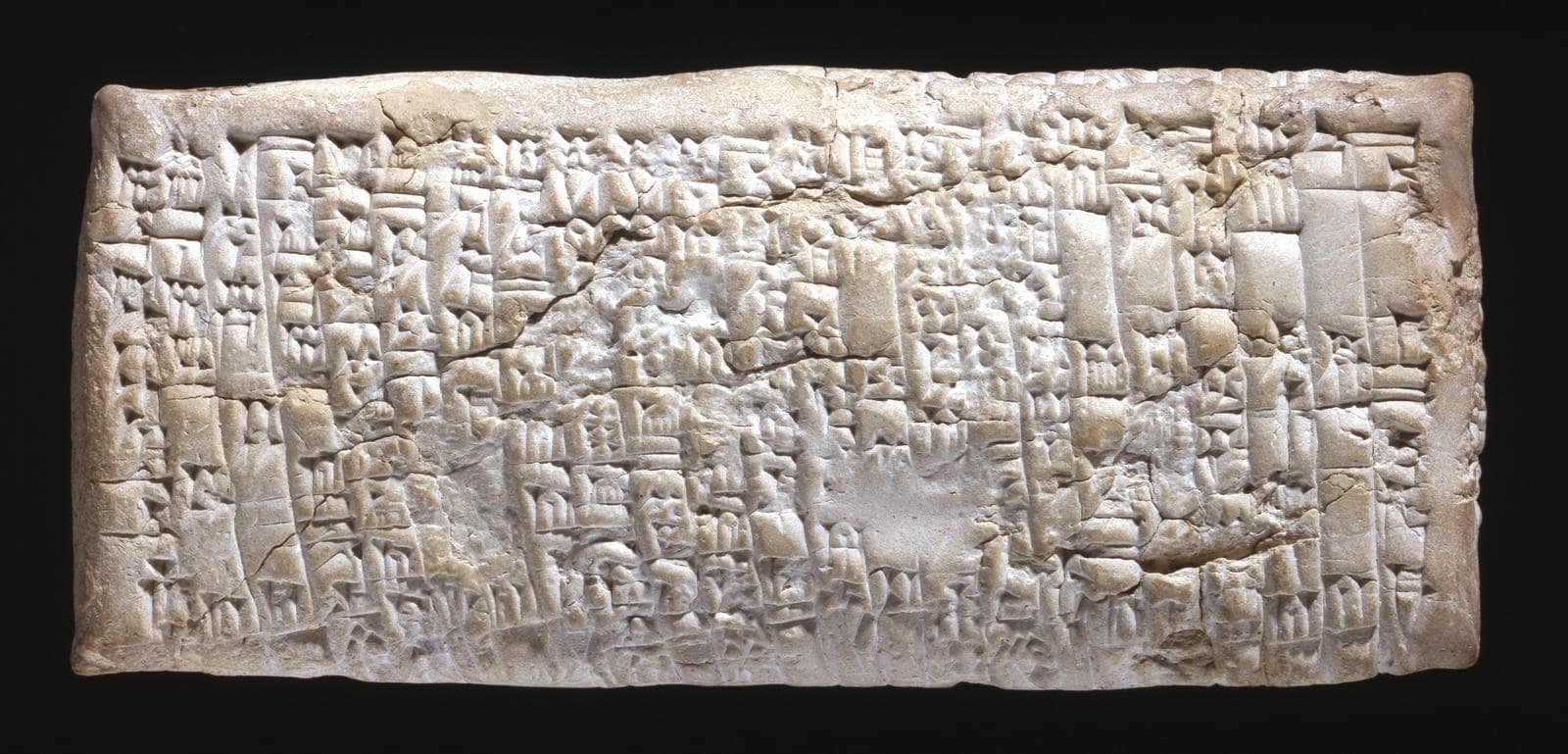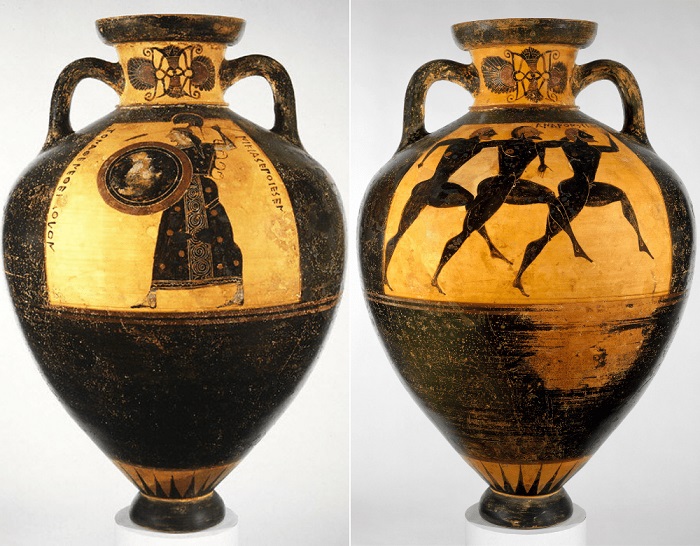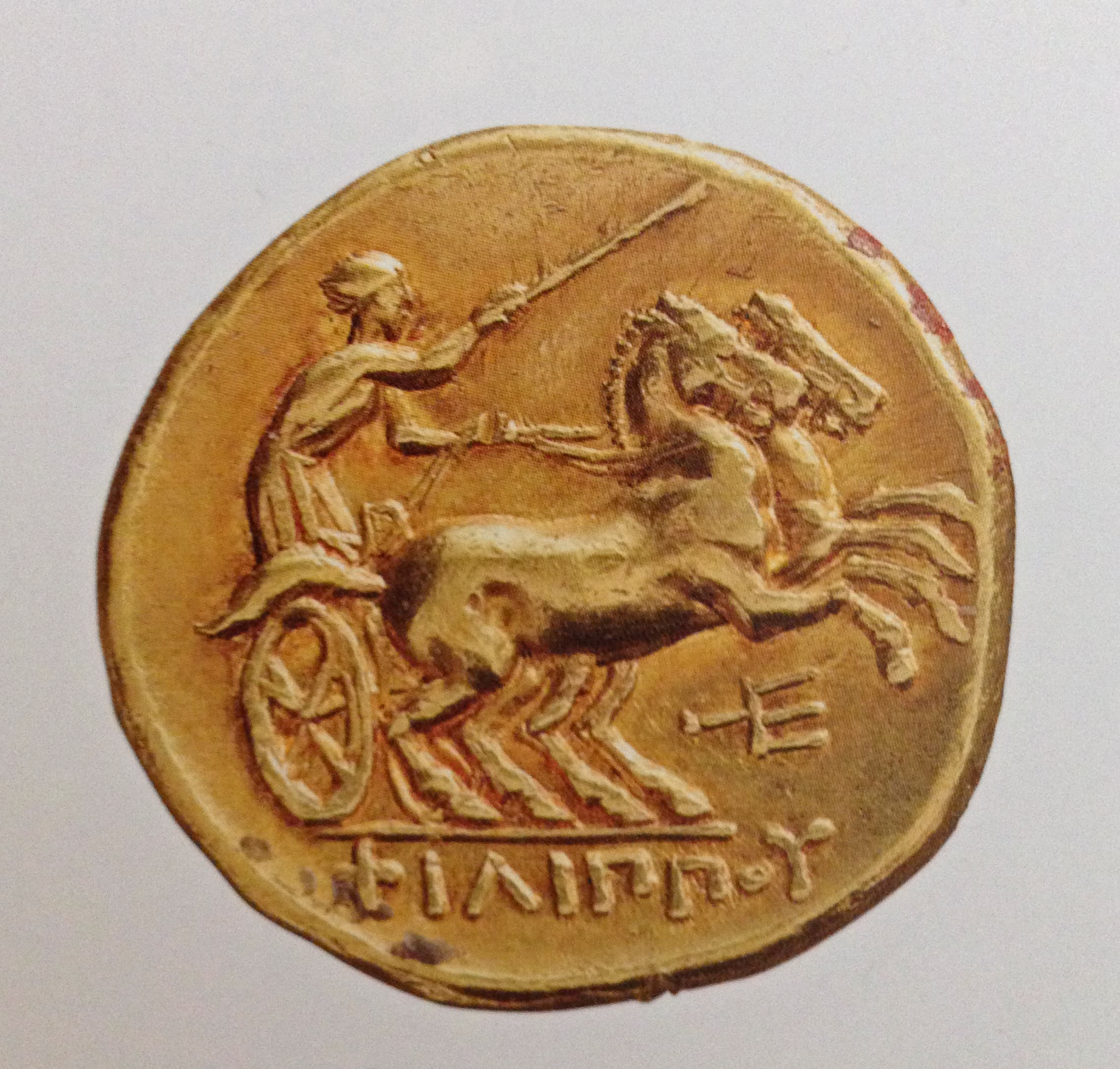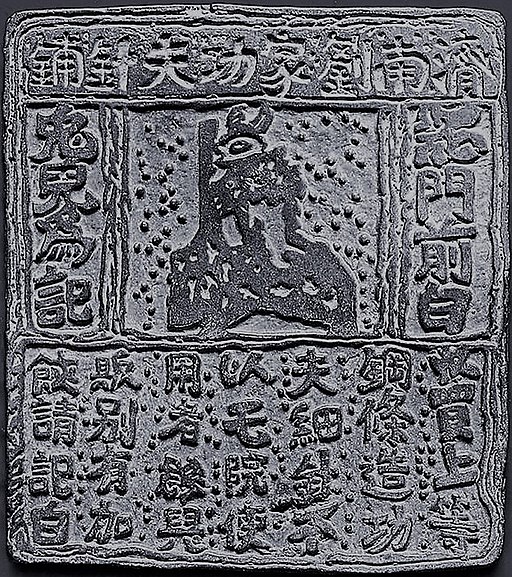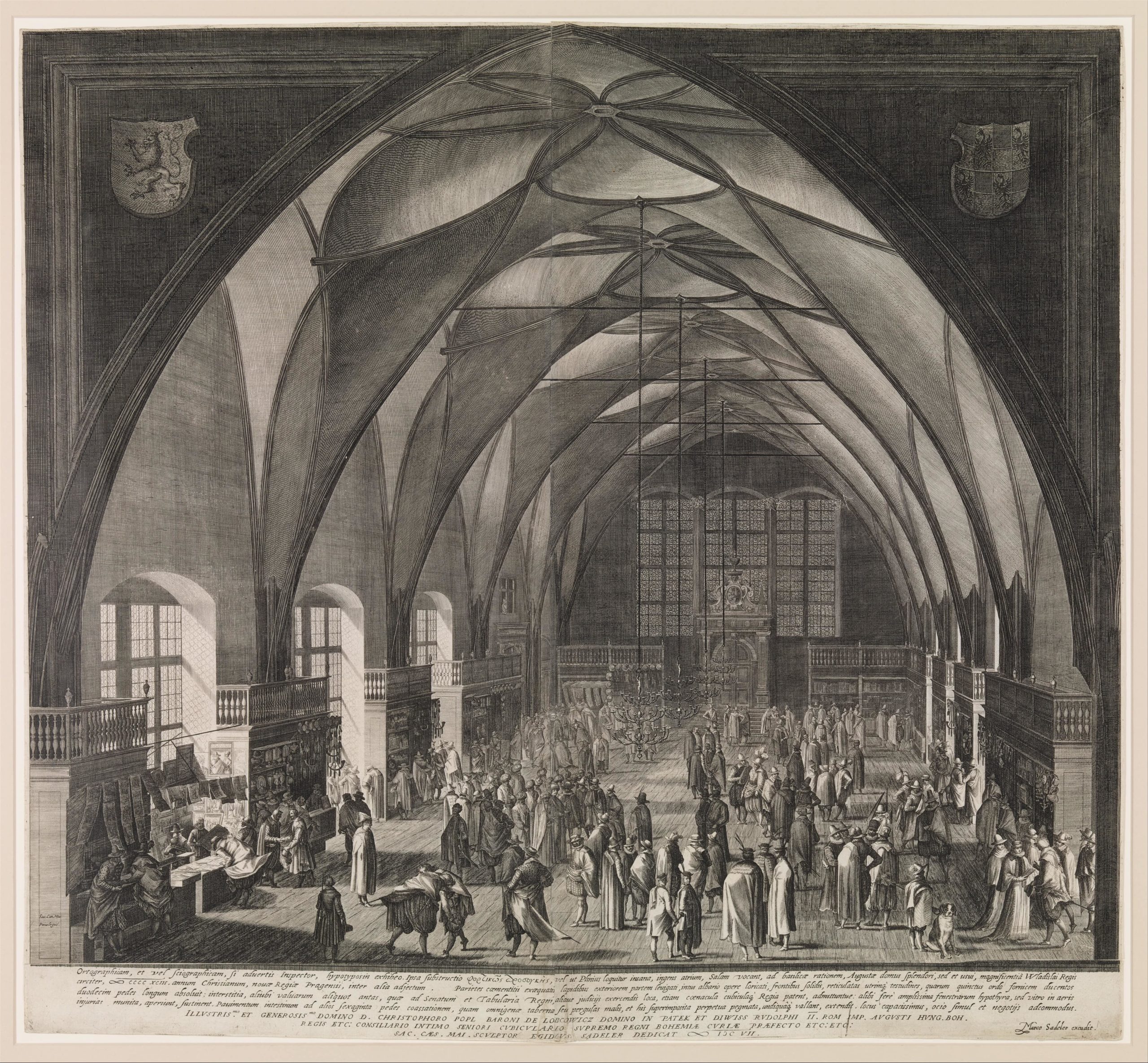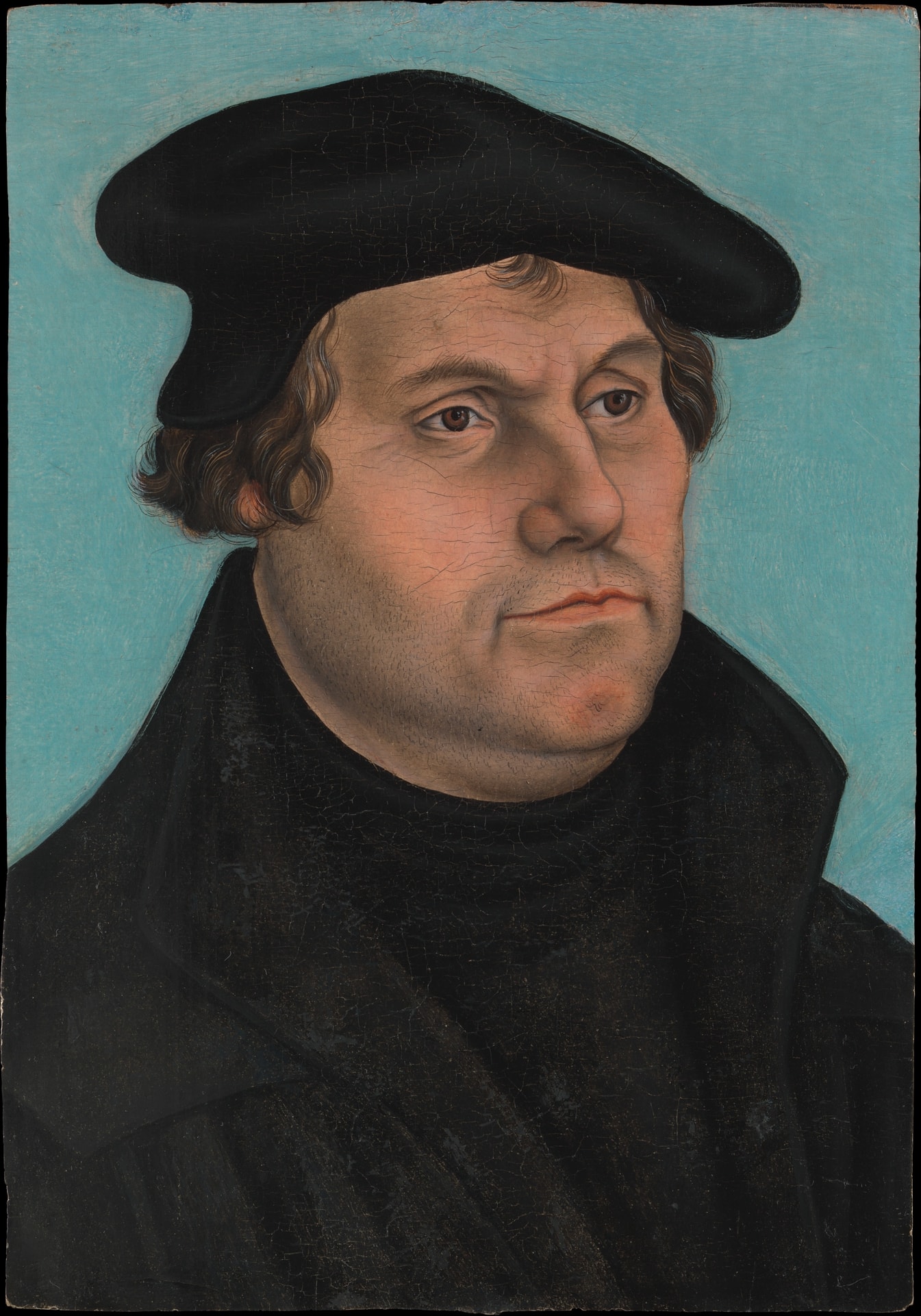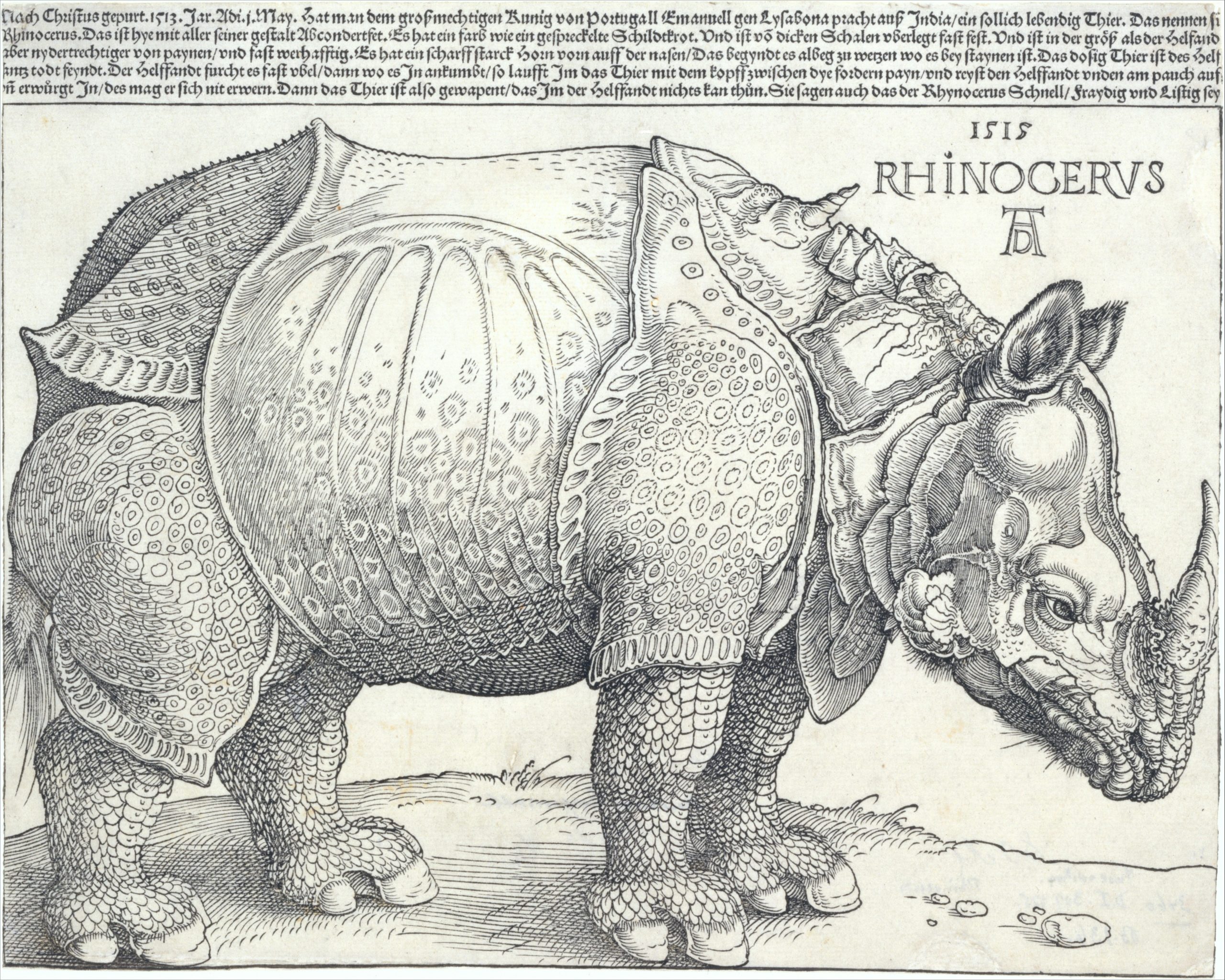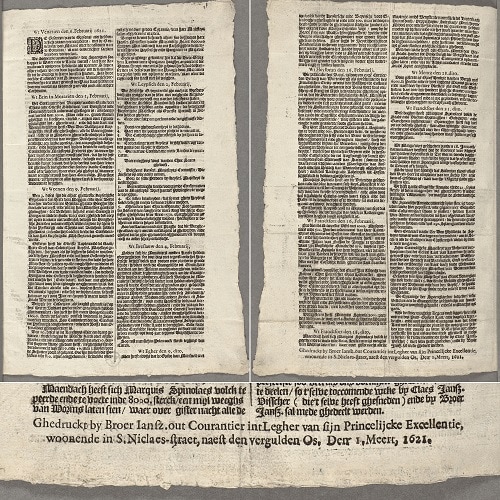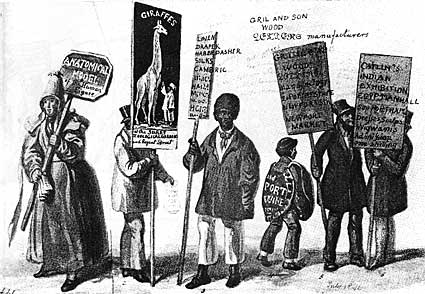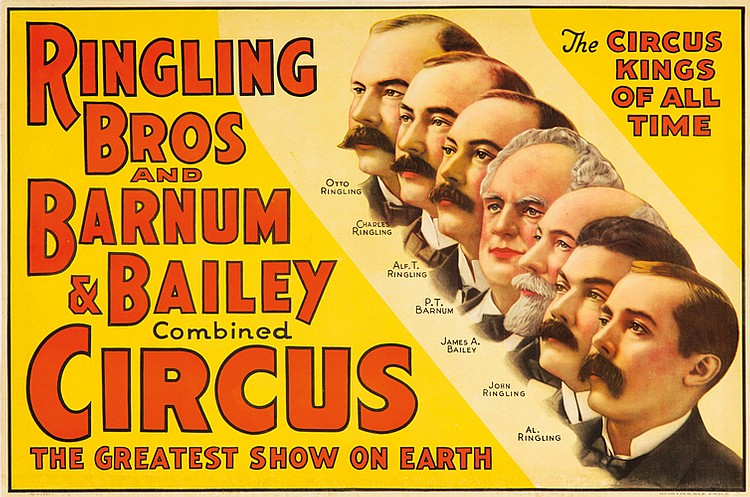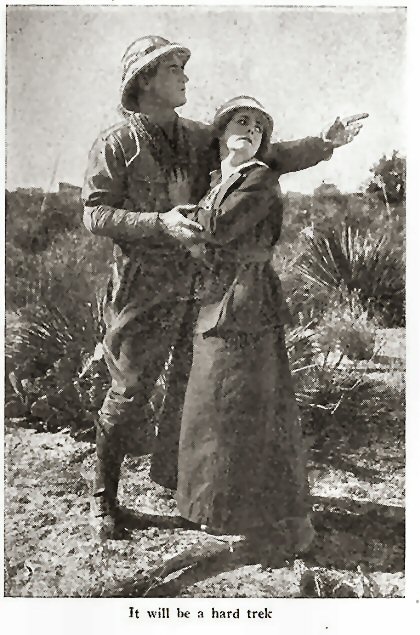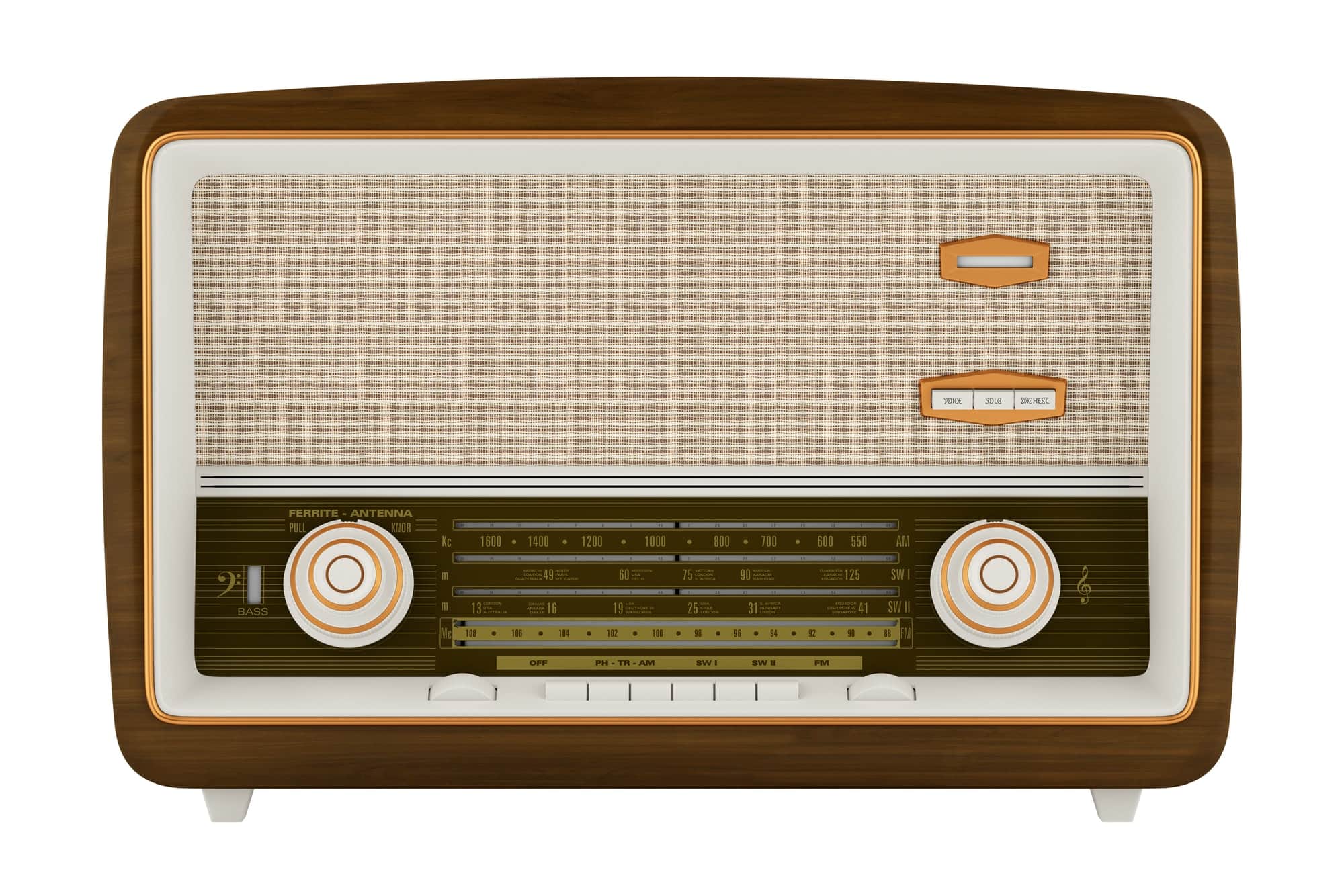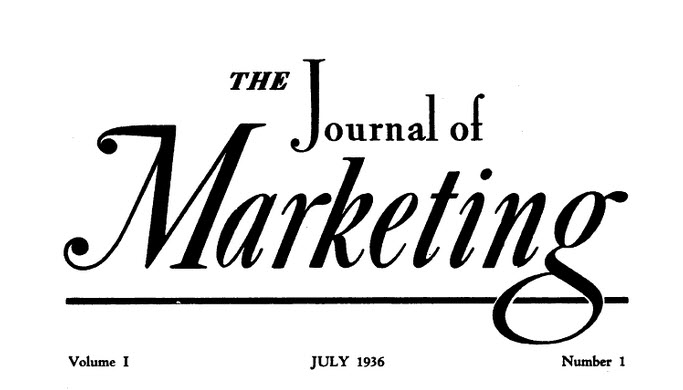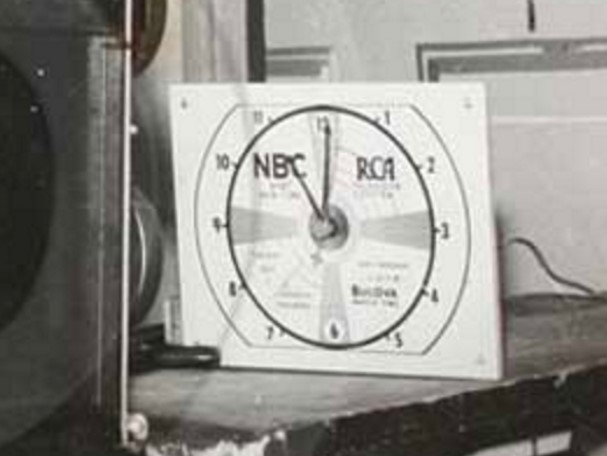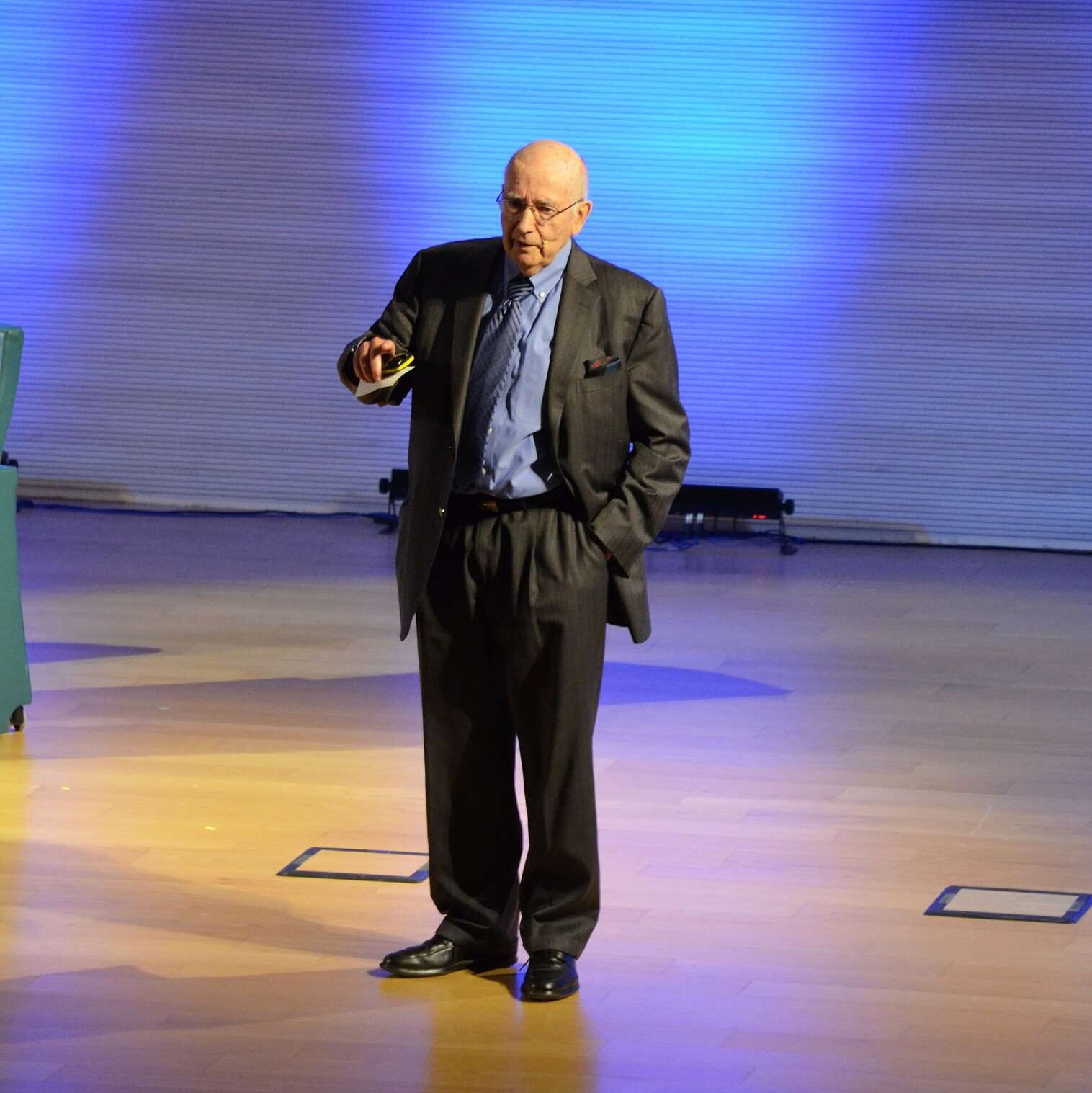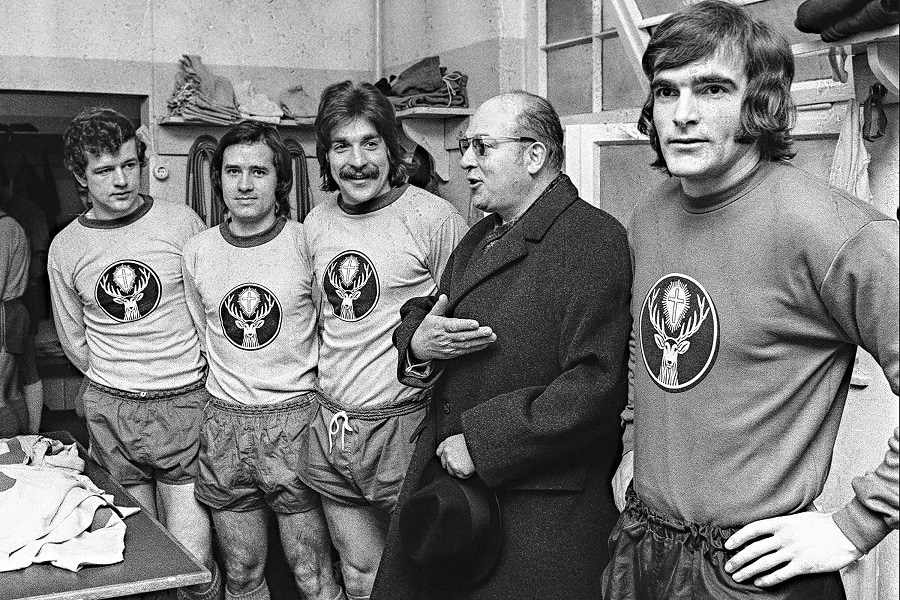History
Milestones in Marketing History
Pre-Historic Forerunners
- Up to 40.000 Years ago
Before the first records of Marketing practice have appeared the beginning of creativity in mankind has sparked and led to man made speciality goods e.g. jewellery and figurines which were discovered in several Ice Age caves throughout Europe. Furthermore, the beginnings of trade has evolved around the globe. In this context historians like Eric H. Shaw argue, that marketing practices have existed for at least 40.000 years!
(Image credit: With friendly permission of the University of Tübingen, Museum)
First Records of Marketing Practice
- From 3.000 BC
The first evidence of marketing practice are almost as old as the earliest forms of written language. Records of one of the first advertising practices have been found on clay tablets in ancient Mesopotamia in cuneiform writings. The enclosed picture is a cuneiform clay tablet which in this case was an early form of a customer complaint letter from Nanni to Ea-nasir complaining that the wrong grade of copper ore has been delivered after a gulf voyage and about misdirection and delay of a further delivery.
The cuneiform tablet belongs to the collection of the British Museum and dates back to 1750 BC and was found in the archaic city of Ur in ancient Mesopotamia i.e. Iraq.
(Image credit: With friendly persomission of the British Museum)
Signature on Pottery
- From approx. 600-700 BC
Signatures on Greek pottery can be linked to early branding activities. According to Phoca and Valavanis (1992) there used to be a high competition between potteries which led them to the idea to distuingusih themselves from others e.g. via their signature or even forerunners of advertising claims.
The example shown in the enclosed pictures shows a vase signed by the potter Nikias. The letters translate in "Nikias made me" (left image, right). The image on the vase shows the goddess Athena with another inscription which translates in "One of the prizes from Athens" (left image, left). The amphora was a prize for the winner of a footrace at the Panathenaic festival in Athens and dates back to 560 - 550 B.C.
(Image credit: With friendly permission of the Metropolitan Museum of Art)
Coins as the first mass media
- From approx. 600 BC
Early mass produced coins in history did often also include images of emperors, battles or significant events and besides their main purpose as means of payment and goods exchange for a set value did also function as a source of information across borders.
The coin in the enclosed picture is a good example as it was produced in a royal coin shop in Macedon, Pella and Amphipolis. The gold stater coin was produced between 322–315 B.C. and shows Alexander the Great. It was minted shortly after his death and for many symbolized his achievements for the Hellenistic society.
(Image credit: With friendly permission of the Metropolitan Museum of Art)
Records of Marketing Practice in the Roman Empire
- 79 A.D.
After erruption of the Vesuvius volcano close to Naples in Italy, cities like Pompei and Herculaneum were preserved due to large amount of ashes which led to archeological findings of advertisements on walls that date back almost 2.000 years ago!
Early Beginnings of Merchandising
- 50 - 100 A.D.
The scene around the cup depicts four pairs of gladiators fighting. Each man is identified by name in the Latin inscription above him. Some of the names match those of known gladiators who became famous in games held in Rome during the Julio-Claudian period, suggesting that such cups may have been made as souvenirs.
(Image credit: With friendly permission of the Metropolitan Museum of Art)
First Printed Advertising
- 960- 1279
A Chinese familiy business selling needles were the first to use a bronze printing plate to produce standardized printed posters for promoting their business. The business was called "Jinan Liu´s Fine Needle Shop" and used this advertising method during the Song dynasty.
The advertisement included a company logo with a white rabbit as well as the following text: "We buy high quality steel rods and make fine quality needles, to be ready for use at home in not time."
First Trade Shows
- 11th century A.D.
The first trade shows took place in Europe e.g. in Champagne France, Frankfurt Germany and Stourbridge UK.
The fair in the image shown is a later example from Aegidius Sadeler II and was painted in 1607. The picture is showing the interior view of Vladislav Hall at Prague Castle during the Annual Fair.
Aegidius Sadeler II
Early Industrial Merchandising
- 14th Century A.D.
The German multi talent Lucas Cranach the Elder, was a Renaissance painter, woodcut printmaker and engraver who used these state of the art methods of his time to produce merchandise on a large industrial scale. His most famous portrait was the famous historical figure of Martin Luther.
Invention of the Gutenberg Press
- 1450
The beginning of industrialized mass production of printed advertising.
Early Trade Marks & Branding Activities
- 1498
The German painter Albrecht Duerer was one of the most famous painter in his period. Due to a high demand of his paintings he was one of the first artists to develop his own trade mark logo i.e. monograph "AD" which he included in every painting. Furthermore, Albrecht Duerer was pioneering in creating a distribution network of his works throughout Europe and undertaking legal actions against thiefs of intellectual property e.g. against illegally produced copies of his paintings.
First Printed Newspaper Advertising
- 17th Century
Among the first printed newspaper advertisings appeared in several different Dutch newspapers like "Jansz’ Tydinghen uyt Verscheyde Quartieren" as shown in this example from 1620.
The first advertisings in printed newspapers were often located at the bottom of the reverse page after the news section and advertised upcoming newspaper editions, similar to the featured image.
First Advertising Agency
- 1786
William Taylor founded the first advertising agency. Unlike modern advertising agencies, William Taylor was specialized in offering his services as an advert sales represantitve for printing firms and newspapers.
Sandwich Men
- 1839
Until 1839 the famous Oxford street in London was an early adaptor of advertising i.e. in the use of stationary advertising. For politicians however the vast amount of advertising posters led to legal actions against them, as they preferred a shopping experience without too much advertising. This let to the development of so called Sandwich Men, hired people that wear advertising spaces on their body, i.e. cardboards on the front and back while handing out flyers to passengers. In the center-right of the enclosed picture a young boy is wearing a typical sandwich board as described above.
First Billboards / OOH Advertising
- 1830´s
The first large billboard advertisements are dated back to the 1830´s. The Ringling Brothers are a famous example by starting to use large billboard advertisements from 1835 onwards to promote their circus business in New York City.
Advertising Pillar
- 1854
In 1854 Ernst Litfaß invented the advertising pillar in Berlin, Germany as he wanted an organized form of advertising space. Before the invention of the “Litfaß Säule” (Litfaß pillar), printed announcements and advertisments were stuck on house walls and wherever there was a free space to put them. With the advertising pillar Ernst Litfaß was providing a free space to advertisers were they could legally display their announcements.
First Academic Marketing Course
- 1902
Edward David Jones introduced the first academic marketing course at the University of Michigan in 1902 which can be seen as a logical consequence of the development in marketing thought which was inspired by the concepts of the German Historical School in the late 19th century.
The Bauhaus - School of Design
- 1919
The Bauhaus was founded in 1919 by the German architect Walter Gropius in Weimar, Germany and was an influential and revolutionary design school that combined art, design and crafts leading to important developments in product design.
First Radio Advertising
- 1922
On 28th August 1922 the first paid radio advertising aired on the WEAF radio station in New York. In the ad the radio host H.M. Blackwell conducted a 10 minute talk (direct advertisements were still prohibited) about appartments at the Hawthorne Court in Jackson Heights, Queens, New York. The cost of the 10 minute advertisement was 50 US Dollars.
First Marketing Journal
- 1936
The Journal of Marketing is the first regularly published academic journal with a focus on marketing. It is published by the American Marketing Association (AMA) and was established in 1936. The Journal of Marketing consists of peer-reviewed research articles and aims at knowledge development of real-world marketing questions. The journal continuously has reached the highest impact factor for marketing journal and is considered the most influential marketing journal in many global rankings.
(Image credit: With friendly permission of the American Marketing Association)
First Marketing Club
- 1937
Unique Selling Proposition (USP)
- 1940
Rosser Reeves defines the term "Unique Selling Proposition" better known as USP.
First TV Advertising
- 1941
The image above shows the test pattern of the world´s first tv ad by the watch company Bulova.
Contrary to popular belief a video showing the US map with a Bulova clock in the centre is actually not the first TV ad. The actual ad is currently belived to be lost.
(Image credit: With friendly permission of Bulova / Citizen Watch America)
The first Cannes Lions Festival
- 1954
The Cannes lions International Festival of Creativity is the most successful and renown festival of the advertising industry worldwide and was held in 1954 for the first time in Venice, Italy.
The 4P´s
- 1960
E. Jerome McCarthy published his book "Basic Marketing: A Managerial Approach" which included the 4P´s of the Marketing Mix.
Marketing Management by Philip Kotler
- 1967
The most successful book on marketing management by Philip Kotler was first published in 1967.
Sports Advertising
- 1973
Besides single sports sponsorships in several countries from the 1950´s onwards, in 1973 the German soccer club Eintracht Braunschweig lifted jersey advertising to a new level when it replaced it´s own club logo with the logo of the spirit company Jägermeister in order to bypass the German soccer league´s commercial sponsoring regulations. Thus, the Jägermeister stag was displayed on the club´s jersey and allowed the club to earn money from the sponsorship deal.
E-Mail Advertising
- 1978
The beginnings of electronic mail (E-Mail) even goes back to 1969 with the exchange of messages in the Arpanet.
In 1971 the Digital Equipment Corp. is believed to have sent the first commercial advertising mass E-Mail for computers to approx. 400 recipients. The mailing led to a return on investment of 13 million US Dollars.
CHARM (Conference on Historical Analysis and Research in Marketing)
- 1983
CHARM (Conference on Historical Analysis and Research in Marketing) is a scholarly organization that is organizing the only reglularly held conference focusing on historical research in marketing.
Metaverse
- 1985
The video game Habitat, published by Lucasfilm was the first large scale attempt of creating a virtual community.
Search Engine Marketing
- 1990´s
In 1996 the search engine "Open Text" introduced the possibility for firms to be presented in the search results in the preferred listings section.
Marketing Automation
- 1992
In 1992 the company Unica which today is part of IBM Campaign has launched the first Marketing Automation software.
Banner Advertising
- 1994
The American telecommunications company AT&T has implemented the first online banner ad in 1994.
Social Media Platforms
- 1995
In 1995 the platform ClassMates started as a forerunner of today's social media platforms.
Search Engine Marketing (SEM) / PPC
- 1996
The search engine OpenText has introduced sponsored search results on a pay per click (PPC) basis in 1996.
Journal of Historical Research in Marketing
- 2009
In 2009 the first and currently only academic journal that is fully focusing on Marketing history, the Journal of Historical Research in Marketing published its first issue.
Further Important Milestones Coming Soon
- TBD
Stay tuned for more Marketing history milestones coming soon!



